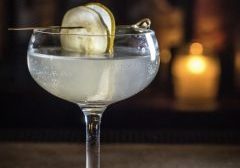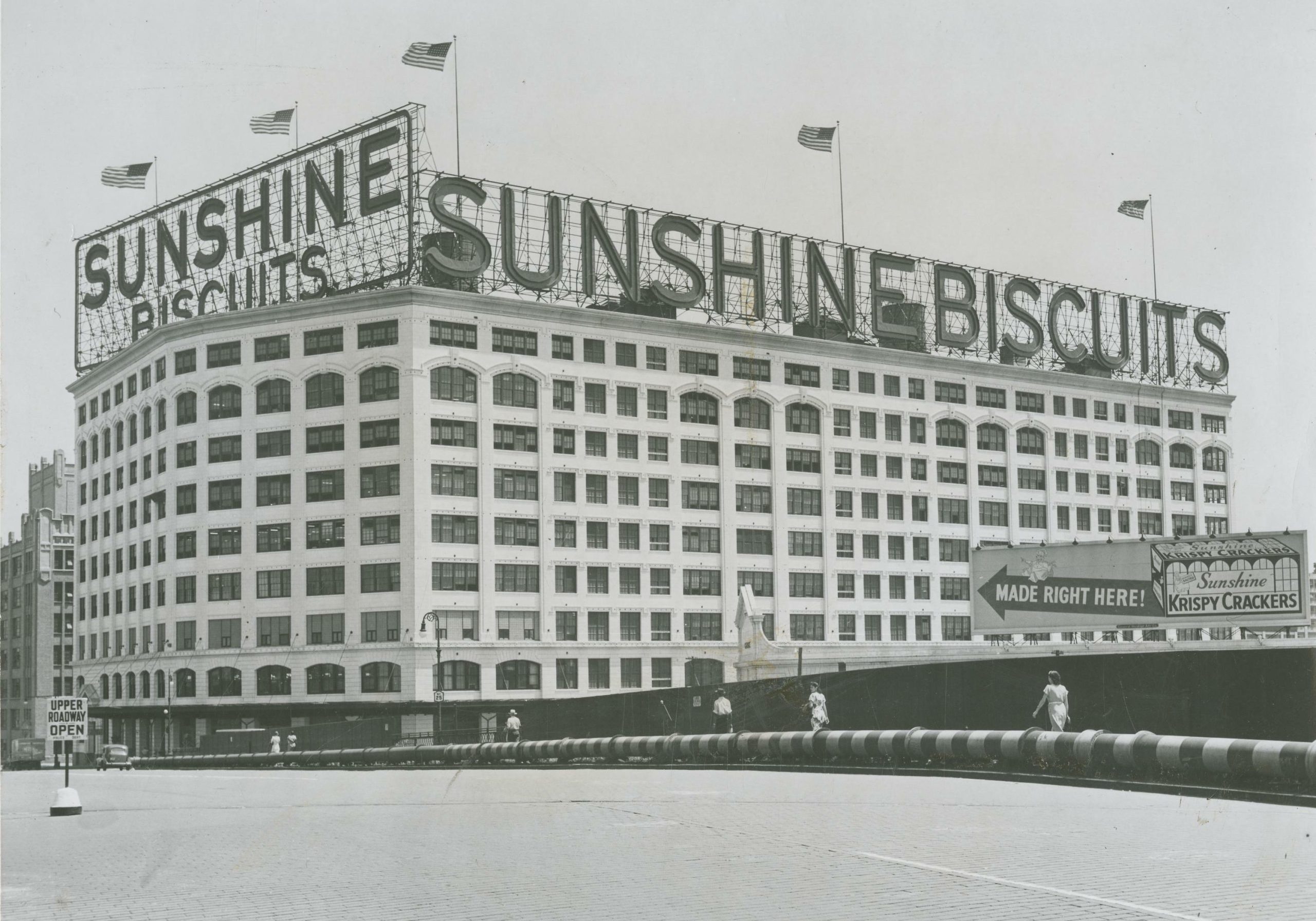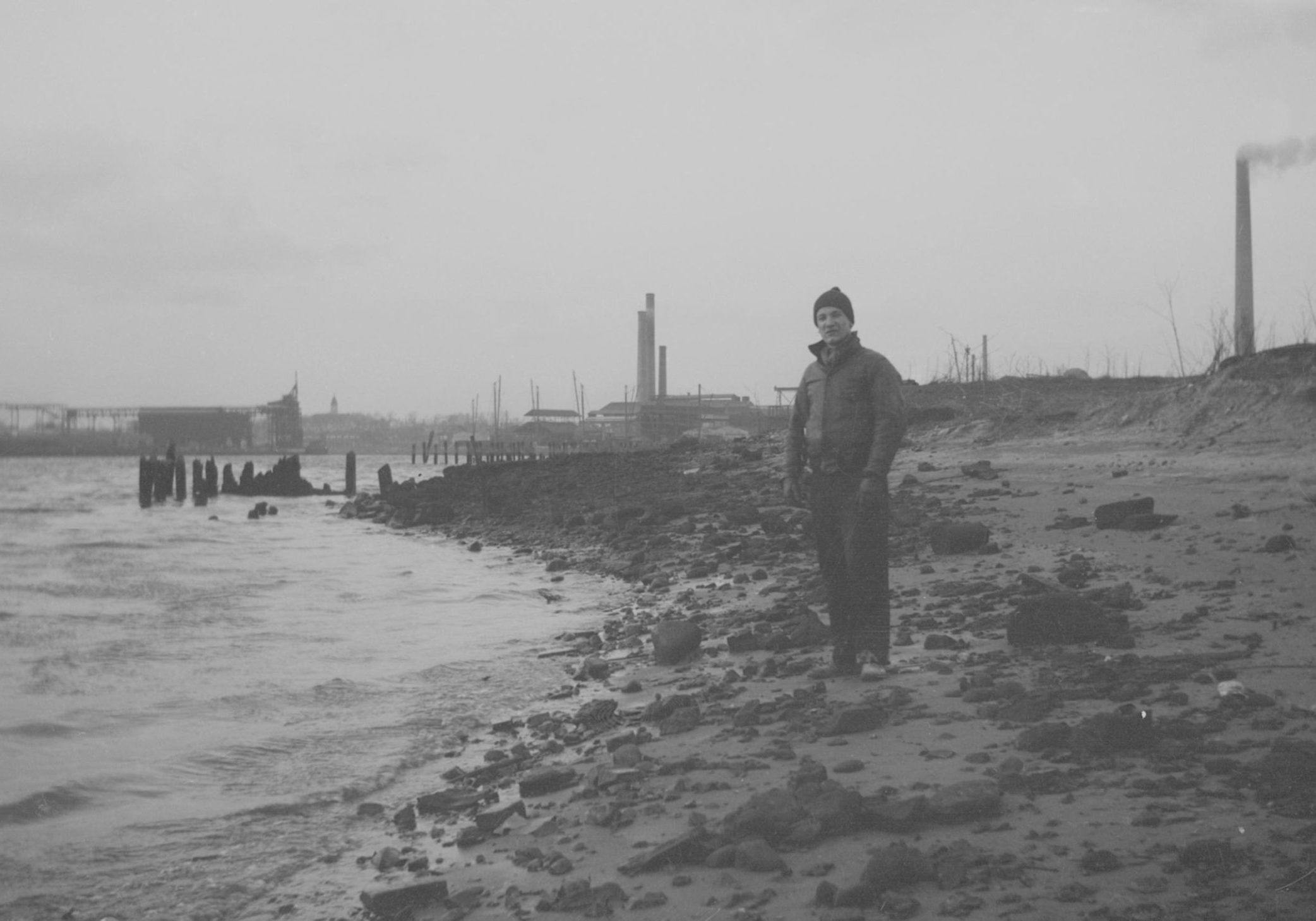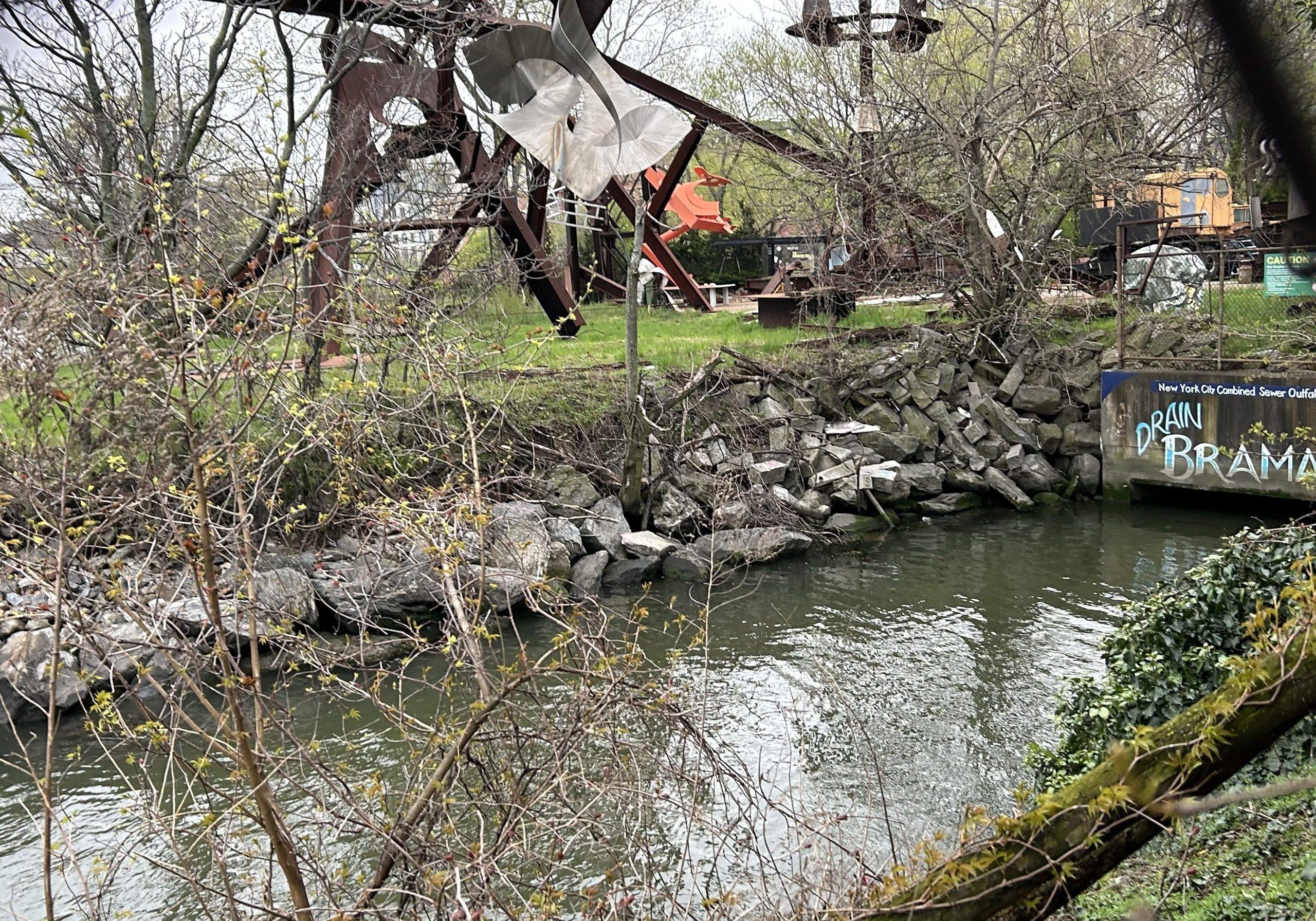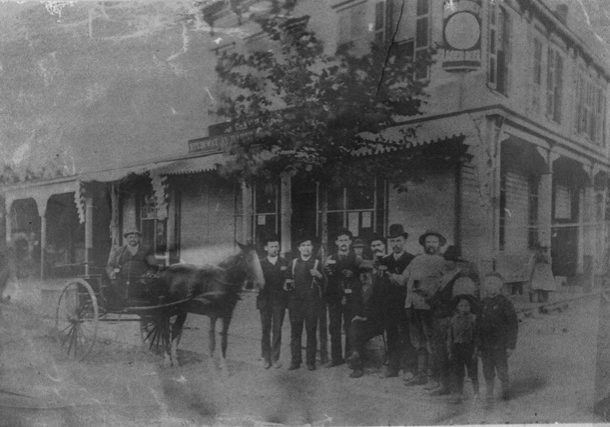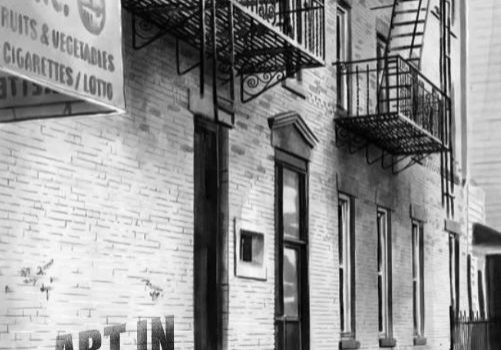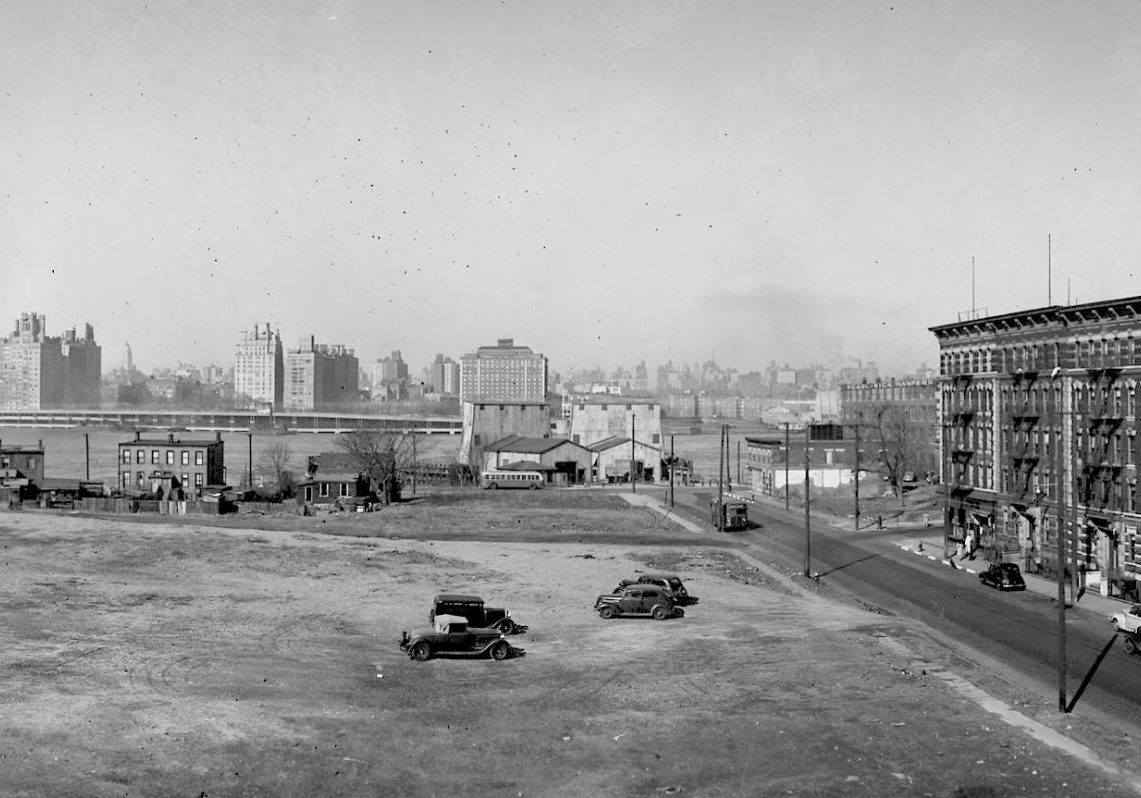The Forgotten Mansion That Started Astoria: A True Story of Wealth, History, and Loss
If you’ve ever wondered where Astoria’s history all began look no further than Hallet’s Cove! Today the area is know for its panoramic view of the skyscrapers of midtown Manhattan from Astoria Park with the raging Hell Gate river flowing in between.
Throughout the centuries the natural beauty of this location has attracted visitors and settlers. Before the arrival of the Europeans, the area was home to an Indian village which flourished at what was originally known as Pot Cove. The ‘pot’ in this case was the name given by locals to a huge whirlpool which plagued people traveling by sea here for centuries. The Lennni-Lenape speaking Algonquin grew maize on the shores, fished in Hell Gate, and drew water from Linden Brook, a small stream that still flows under Astoria Park South. In the mid-1600s the Dutch parceled out this land to various owners, including William Hallet whose land grant embraced hundreds of acres. During the American Revolution, several British and Hessian regiments were stationed in the area. On November 25, 1780 the frigate Hussar and its five-million-dollar cargo sank to the bottom of Hell Gate, where despite some removal of cannons, the golden treasure still remains.
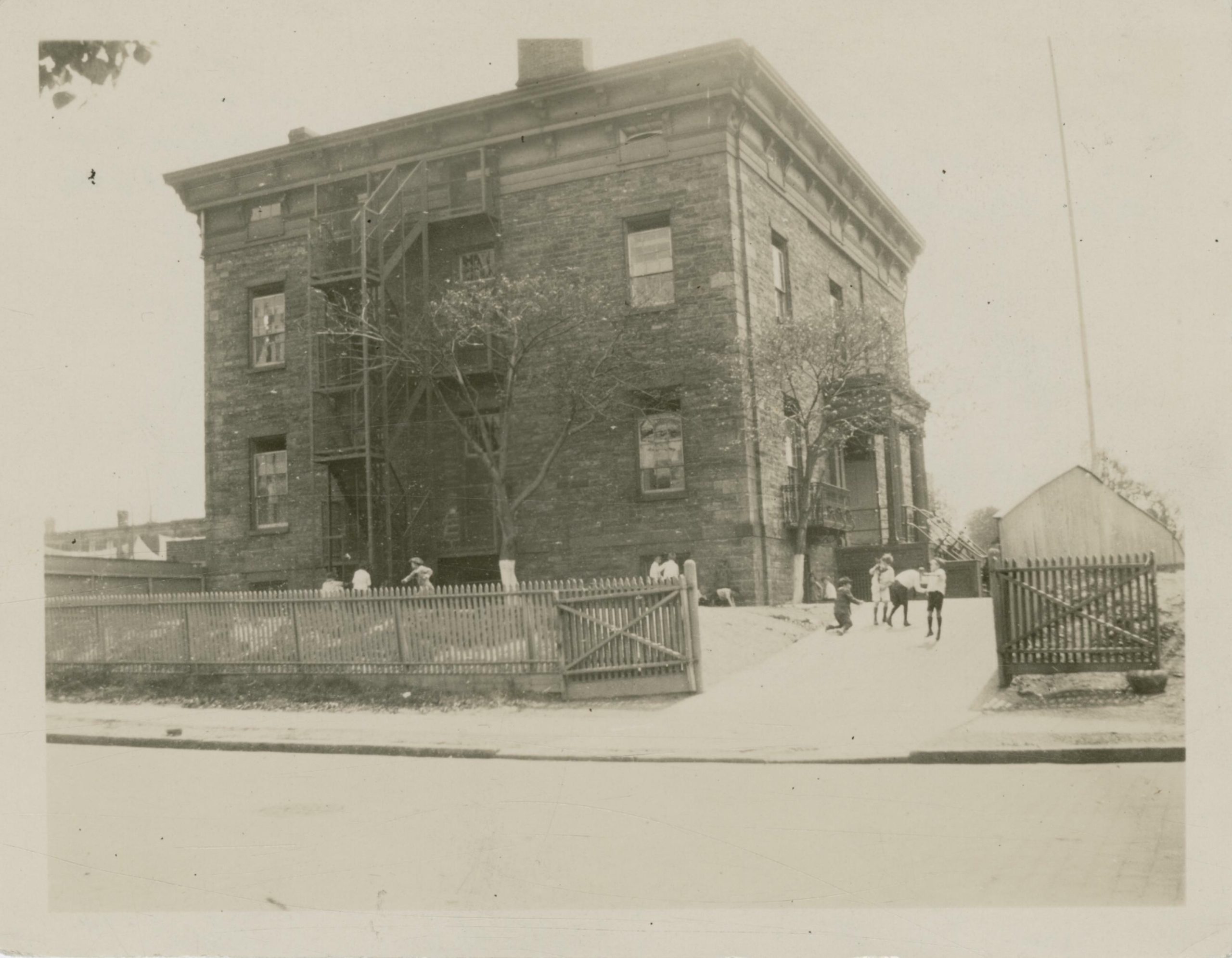
It was here along Astoria Boulevard between 2nd and 3rd Streets that wealthy families from Manhattan built huge mansions. These families included the Barclays, Potters, Woolseys, Hoyts and Halseys who located their country houses on the heights along the shore. It was here that Stephen Halsey, who founded the village of Astoria, first settled and built his home in 1838 around the same year he named the area for his friend, fur merchant John Jacob Astor. Halsey thought the name Hallett’s Cove was “too vague and more suggestive of a body of water than a land area,” Halsey wrote in a letter to Astor. Halsey hoped that Astor could be induced to sponsor the new neighborhood by naming the new village Astoria in his honor. John Jacob Astor would contribute only $2,000. The “Act to Incorporate the Village of Astoria” passed the New York State Legislature on April 12, 1839. The first village election was held June 11, 1839.
Originally, Halsey had come to the area from Manhattan in order to avoid an outbreak of Cholera which had sickened and killed hundreds and hundreds of people in the city. So great was his fear of catching the disease that Halsey built his mansion out of granite measuring two feet thick. Halsey completed his mansion here in 1840 which then stood until 1953. The fortress like structure was home to Halsey until his death in 1870. It was sold to a riverboat captain named Captain Munson who in turn lived here until his death in 1891. Two years later in 1893, the mansion was sold to the City of New York and turned into P.S. 9 elementary school which housed grades K-4. In the November 5, 1945 issue of the Long Island Star-Journal the staff of P.S. 9 were interviewed and asked what it is like to teach and work in one of the city’s most historic and unusual school buildings. The servants quarters and Halsey’s bedrooms and study had all been converted into classrooms. “It’s as solid as it was 100 years ago and it will last 100 years more … at least,” said the school’s custodian Charles Robertson. Astoria parents who sent their children to P. S. 9 loved the idea of having class in the mansion of Astoria’s founder. As the years passed however, the city built modern day school buildings. The ‘Halsey School’ had no auditorium, no gymnasium, no cafeteria, no coaching or other special rooms and no place for the children to play indoors in stormy weather. “But it is adorable,” said teacher Mrs. Frances Kerr in the Star-Journal spotlight article. “It has faults but it is lovely and cozy: it is homey and historic … but I suppose it will be torn down soon to make way for an up-to-date school. I have taught in our newest schools but I prefer a small school like this. We are not overcrowded and we do not have to climb up and down five flights of stairs between classrooms.”
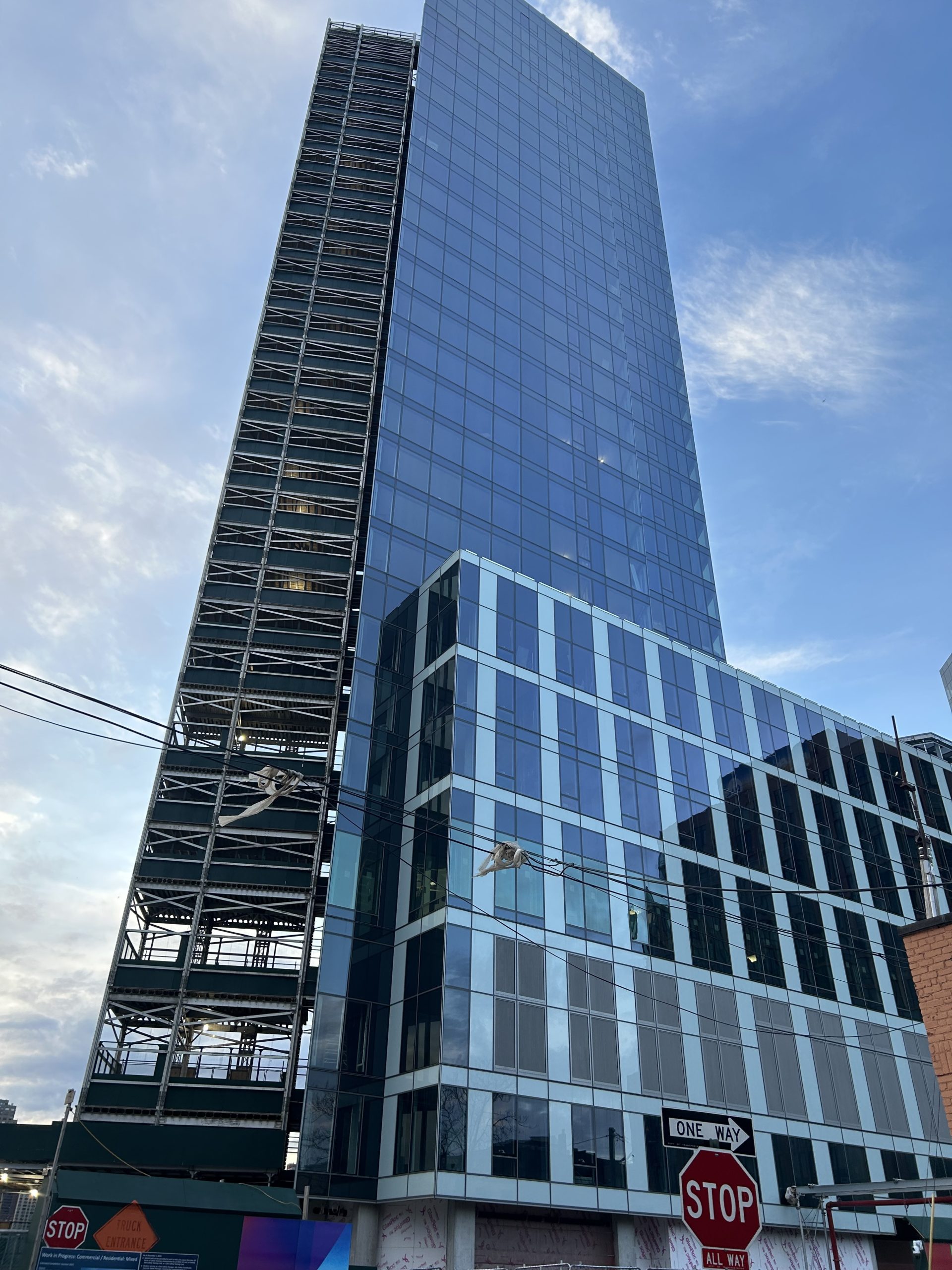
Parents and faculty tired to save P.S. 9 and the historic mansion in which it thrived. Plans for Hallet’s Cove Playground were developed in conjunction with the construction of the Astoria Houses projects. As part of this project, waterfront properties along Hallet’s Cove were condemned by the city in favor of a shoreline park that includes two playgrounds, handball courts, basketball courts, two paved baseball fields, and a canoe launch. The land was vested to the City of New York in 1946 and transferred to NYC Parks in 1949. The agency then tour down Halsey’s home, the birthplace of Astoria, in 1953 and the school was relocated to a new building in Long Island City.




